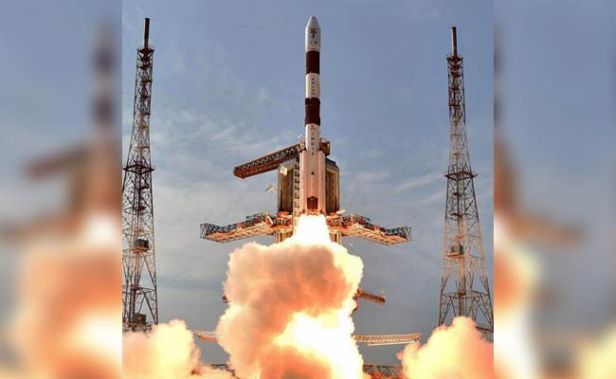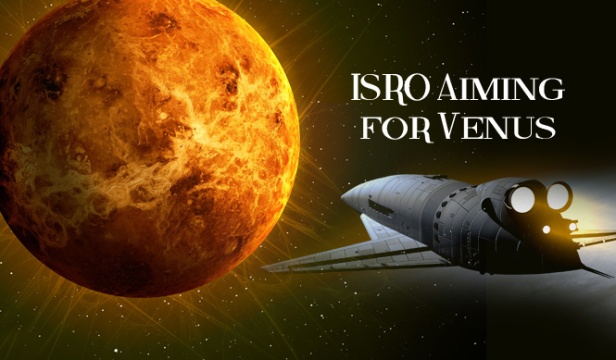India created history on Wednesday with the successful launch of a record 104 satellites in one go!!. Out of which 101 were from 6 foreign countries.So, Congratulations to ISRO and whole world.

104 is such a huge number as such to get an idea, the previous record was set by Russia with 37 satellites; just think about the vast difference… It’s huge.
Out of 104, 3 satellites were from India, 96 from the US and one each from Israel, the UAE, the Netherlands, Switzerland, and Kazakhstan.
FACTS AND STATS:
- The weight of payload= 1,350kg.
- Total weight of Satellites = 664+ kg.
The launch of PSLV-C37 in a single payload, including the Cartosat-2 series and 103 co-passenger satellites, together weighed over 650 kg.
- Total time in placing the satellites into orbit = 11 minutes.
Seventeen minutes later from its takeoff, the rocket started placing the satellites into orbit, one by one with a time-frame of about 11 minutes.
- [Polar Satellite Launch Vehicle] PSLV-C37 lifted off from the first launch pad at Satish Dhawan Space Centre in Sriharikota at 9.28am. It was PSLV’s 39th flight.
- ISRO has so far launched 226 satellites including 179 foreign satellites.
- The total cost of the mission is not disclosed so far. But, we have the previous data which is interesting to know.
Why foreign countries are attracting towards ISRO?
Well, the simple answer is that ISRO is way-way far economic than anyone. According to the official records:
While for a satellite launch, SpaceX will charge around USD 60 million, ISRO charged an average of USD 3 million per satellite between 2013 and 2015.
Just imagine the difference!!!
Launched in 2014, India’s Mass Orbiter Mission (MOM), also called Mangalyaan cost around USD 74 million as opposed to NASA’s Mars orbiter MAVEN, which had a total mission cost of USD 672 million.
Last year ISRO launched 10 Indian satellites and 22 foreign satellites. On the back of foreign satellite launches, the forex revenue for ISRO’s commercial arm, Antrix Corporation, went up 204.9 percent in 2015. In FY16, commercial launches brought in Rs 230 crore.
Significantly, India is proceeding to equip its share in $300 billion global space industry.
Now Let’s talk something about the satellites (around which our whole discussion is revolving)
Cartosat -2: Equipped with panchromatic and multispectral cameras, it will provide remote sensing services. It will be used for many applications as coastal land use and regulation, road network monitoring, water distribution, the creation of land use and other land information system (LIS) and geographical information system (GSI) applications.
INS-1A and INS-1B are versatile and modular nanosatellite bus system envisioned for future science and experimental payload.
Among the foreign satellites, 88 cube satellites belonged to San Francisco-based earth imaging startup Planet. With the launch, the company has increased its fleet to 143 satellites which will soon begin capturing images of the earth’s entire landmass, including India, every day.
Eight other satellites belonging to Spire Global, US, will provide services for vessel tracking and weather measurement.
Future Endeavours…
Chandrayaan-2 will be India’s second mission to the Moon. It will be launched on India’s Geosynchronous Satellite Launch Vehicle (GSLV-MkII) around next to improve the understanding of the origin and evolution of the Moon.
Apart from that ISRO is planning its mission for Venus. And we proudly greet best of luck to ISRO to accomplish all the greatest achievements brought up by the greatest scientists.

